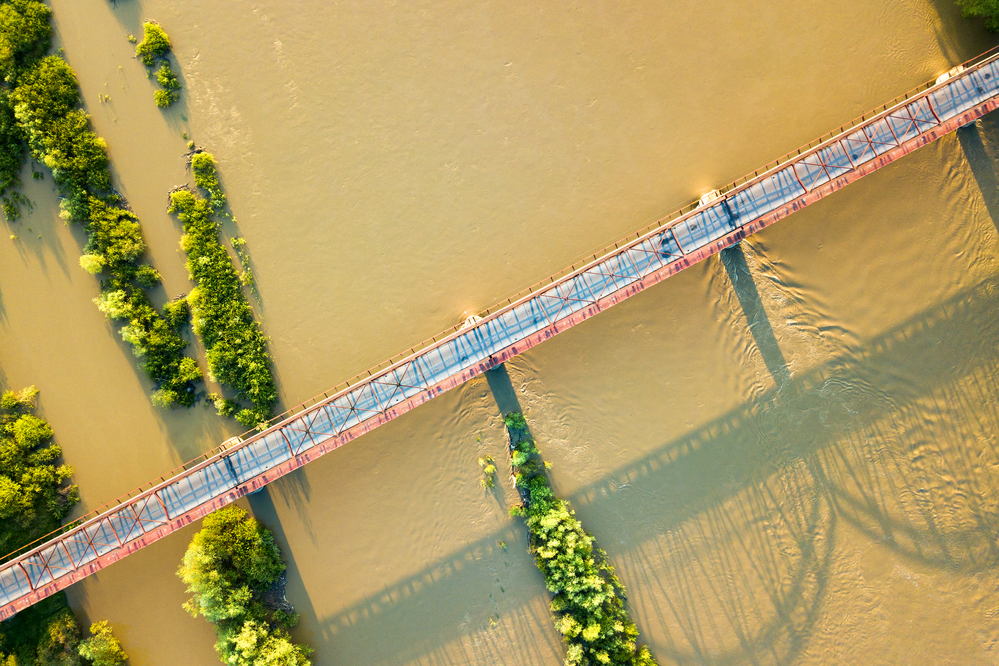
Extreme weather conditions are something that cannot be avoided. With climate changes becoming more drastic year over year, it is paramount to analyze how we continue to build our infrastructure to withstand extreme events. While there’s a lot we can do, it seems that steel construction is one way to defend ourselves against natural disasters, even as Mother Nature unleashes her worst events.
Structural Steel’s Disaster-Proof Qualities
To starters, commercial-grade steel has the highest strength to weight ratio of traditional construction materials. We also know that the steel industry is working on cutting emissions and becoming greener than ever before. So, it’s not surprising that steel is the go-to material constructors are looking at to defend buildings and homes against wildfires, earthquakes, hurricanes, and other environmental events.
- Earthquakes: Strong steel foundations that can support a rocking building will be critical to prevent earthquake destruction.
- Wildfires: Steel is a non-combustible material, so it will not create a blaze or spread flames, reducing damage.
- Floods: Steel structures require insulation to prevent flooding, and steel keeps corrosion from moisture at bay, which protects the structure of walls, windows, and doors.
- Hurricanes and tornadoes: The high winds of hurricanes and tornadoes can produce uplift; steel roof systems reinforce the corners and keep the top of the building from flying off during a storm.
Fire-Resistant Stainless Steel
Materials must meet a wide range of extreme conditions to be the suitable material for a construction project. Stainless steel pipes and tubes are unique in their ability to support their weight, be incredibly fire-resistant, and provide a long and durable service life. These properties become incredibly important to ensure residences are safe and disaster-prevention tactics are placed in place.
As a bonus, the fact that steel is fire-resistant also helps people get lower insurance premiums. Even if a roof is struck by lightning, the electricity will spread across the roof and follow the path to be founded by the walls. So, these added layers of protection make buildings safer.
Bends But Doesn’t Break
Steel is a versatile material that can change color, texture, and patterns to match different surfaces. Moreover, steel is ductile. This means something like an earthquake may bend it, but it won’t collapse, shatter, or crack under the friction. A steel frame building could protect its occupants from being buried by falling debris, for example.
Lightweight Yet Incredibly Strong
The most significant benefit of steel is its durability. Steel is a solid material that’s still very lightweight. This gives engineers and architects an added advantage that lets their creativity run wild. It’s easier to design safe buildings without worrying about the extra bulk or pressure other traditional building materials come with.
Even in turbulent and extreme conditions, steel has repeatedly proven to be a safe and sturdy material. Most of the time, it’s the buildings with steel structures and frames left standing after a natural disaster.
While natural disasters will keep happening and most likely get worse, there’s no doubt steel keeps positioning itself as a potential all-around construction material that’s versatile, effective, secure, and sustainable.











